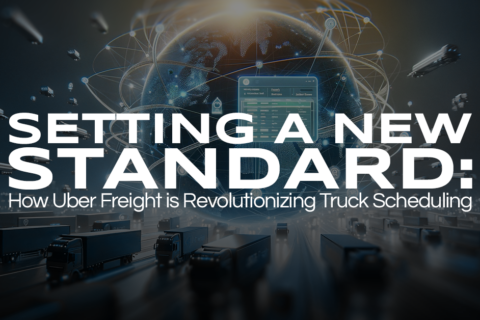License to Livelihood: Exploring the Vast Opportunities a CDL Unlocks
CDL: Your Key to a World of Opportunities Embarking on a career in trucking? Your Commercial Driver’s License (CDL) is so much more than just a permit to drive large vehicles—it’s a gateway to a range of rewarding job opportunities. Whether you’re deliberating which CDL to pursue or exploring the career paths it unlocks, understanding the nuances of CDL classifications is crucial to ensuring you’re on the best road to suit your unique driving passions. Let’s dive into how each type of CDL can steer you towards your ideal job in the vast landscape of logistics. CDL-A: The Gateway to Highways and Beyond Holding a CDL-A opens up the highway to operating semi-trailers, flatbeds, and tank vehicles, among others. It’s designed for those who dream of the long haul, offering a variety of roles that go beyond simply moving goods from point A to B. Unlocking CDL-A Job Opportunities CDL-B: Mastering Medium-Duty Vehicles A CDL-B license allows you to operate medium-sized vehicles like straight trucks and buses. It’s suited for drivers who prefer handling vehicles that require agility and precision without the complexity that comes along with heavier loads. Exploring Careers with a CDL-B CDL-C: Diverse Paths in Specialized Transport The CDL-C license is the key to driving vehicles not covered by CDL-A or B, such as passenger vans or small HazMat transporters. It’s tailored for those who specialize in niche areas of transport, offering unique opportunities for a fulfilling career. CDL-C Job Avenues Charting Your Course in the Trucking Industry Your journey in trucking begins with choosing the right CDL. Each license type not only dictates the kind of vehicle you can drive but also the career paths available to you. From the thrill of long-haul journeys to the satisfaction of teaching aspiring drivers, the road of opportunity is open wide. Immerse yourself in an industry that serves as a critical component of the global supply chain, offering stability, diversity, and the chance to make a significant impact. Steering Towards Success The decision to pursue a CDL is the first step on a promising road to a dynamic career in trucking and logistics. With the right license, training, and mindset, you can navigate towards a role that not only meets your career aspirations but also brings personal fulfillment. The industry’s continuous growth ensures a never ending demand for skilled drivers across various sectors, making now an opportune time to embark on your trucking journey. What are you waiting for? Embark on a career that moves you—literally and figuratively. The logistics world awaits your drive, expertise, and passion. Ready to shift gears towards a rewarding future? Explore the possibilities and pave your path in the trucking industry today. If you made it to this part of the article, we’d just like to take a moment to thank you for taking the time to read this article. Be safe out there and as always, If you’re in search of CDL A, B, or warehouse positions, check out our open positions. And if you need staffing solutions for commercial driving or industrial positions, be sure to explore our offerings.






Recent Comments